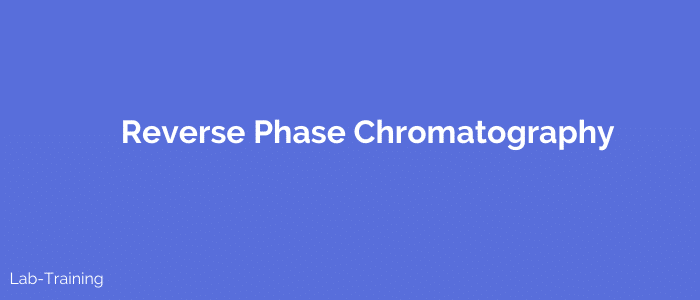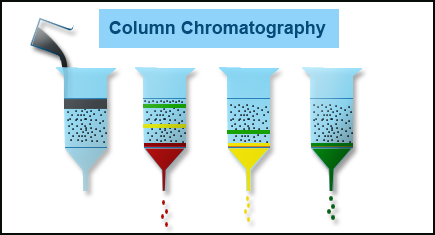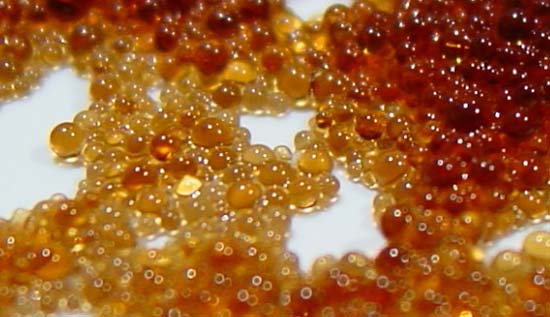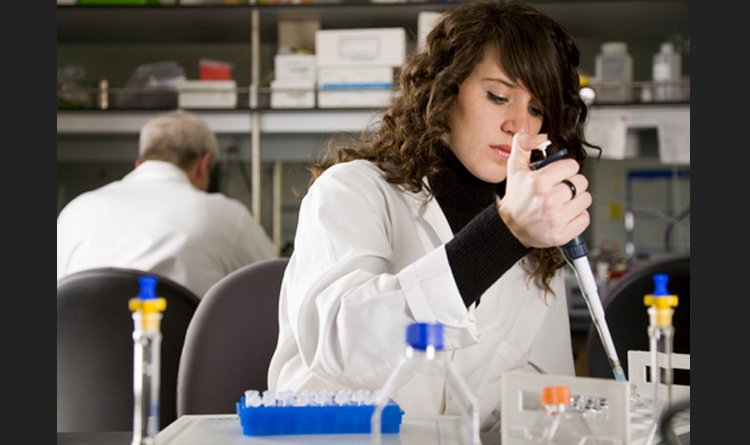General applications of HPLC based on solute – stationary phase interaction classification
HPLC has been classified into four categories based on interactions between solutes in the mobile phase and the stationary phase. The classification of HPLC techniques into Normal phase, Reverse phase, Ion-exchange and Size exclusion chromatography has been briefly discussed in the free course on HPLC. The present article will cover some major application types in each of these classes.
Normal Phase Chromatography
The stationary phase is silica-based and is covered with polar groups. Mobile phases are non-polar in nature. Elution order of separated molecules is non polar followed by weakly polar and finally polar molecules.
- Normal phase chromatography separates compounds bearing different functional groups better than reverse phase chromatography with retention based on most polar group. The retention decreases in the order:
Carboxylic acid > Amides> Alcohols > Ketones >Aldehydes > Ethers > Aromatics > Olefins > Saturated hydrocarbons
- Separation of isomers
Hydrophilic compounds are retained on the stationary polar phase and are separated from the hydrophobic compounds.
Reverse Phase Chromatography
Majority of applications are in pharmaceuticals, life sciences, food industry, etc are covered under reverse phase separations. The inert silica-based stationary phase is covered with non polar molecules. The most popular packings are based on covalently bound octadecyl silica (ODS – C 18 ) followed by Octyl(C8) and hexyl (C6) groups. The mobile phase is more polar than stationary phase. Solute molecules are eluted in order of increasing hydrophobicity or decreasing polarity.
Ion Exchange Chromatography
Ion-exchange chromatography consists of silica support on which charged anionic or cationic groups are immobilized to retain oppositely charged molecules from the mobile phase. Quaternary salts are strong and amines are weak anion exchangers whereas sulphonic acids as strong and carboxylic acids are weak cation exchangers.
The technique is mainly used to isolate pure compounds from mixtures such as proteins, drugs and metabolites from biological fluids such as blood and urine, extraction of enzymes from tissues and separation of mixtures of organic acids and basic compounds.
Size Exclusion Chromatography
This class of chromatographic separations is unique in a sense that separations are not based on chemical interactions between eluting compounds and stationary phase. Instead it is based on molecular size differences of eluting molecules and their ability to permeate the pores of the stationary phase. Larger molecules are eluted first followed by smaller molecules which get trapped in the pores of the stationary phase and elute later.
Gel filtration chromatography is used for fractionation of water soluble polymers. Gel permeation chromatography is more often used for analysis of molecular weight distribution of organic soluble polymers.
This article provides brief exposure to application areas for different HPLC techniques. The field is ever expanding and many more applications can be found in areas such as pharmaceuticals, biotechnology, foods, forensics, etc. Advances in column techniques and automation have made significant contributions to the scope of HPLC analysis and number of applications are growing at a phenomenal rate.
Please leave your comments and suggestions.





Responses